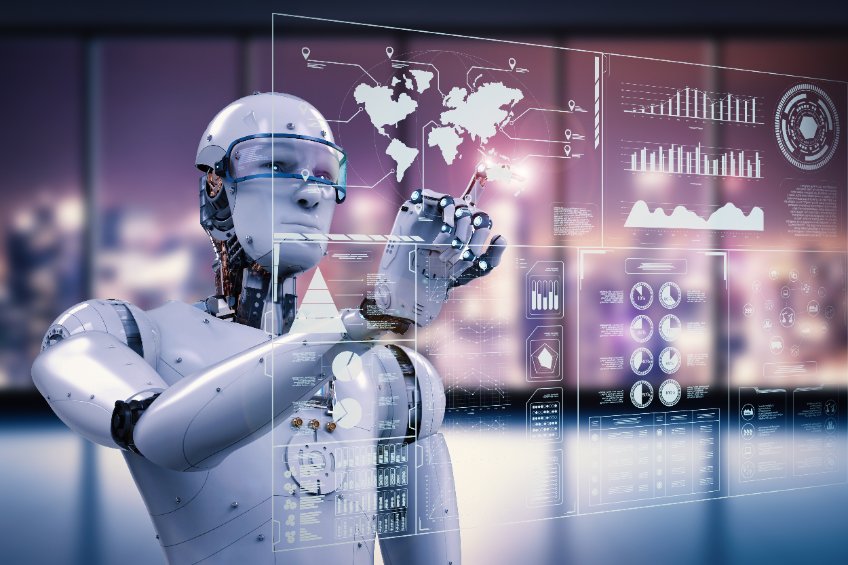Japan Military Robots

Japan Military Robots
Japan’s Military Robotics Landscape: An Exploration of Possibilities
The Importance of Context
When it comes to the world of robotics, Japan undeniably stands tall as a global powerhouse. Its renowned proficiency in robot technology is widely acknowledged across a plethora of sectors, from manufacturing and healthcare to entertainment and service. The notion of these technological advancements potentially crossing the threshold into military applications naturally raises several questions. However, at the time of writing, it is essential to highlight that Japan is not actively developing military robots. Yet, it is worth exploring how Japan’s existing robotics expertise could be potentially harnessed for such purposes.
Japan’s Constitutional Constraints
The first point to consider is Japan’s historical and cultural context. Since World War II, Japan’s constitution, particularly Article 9, prohibits the country from maintaining armed forces with “war potential.” Over the years, this has largely been interpreted to mean a defensive-only military force. As such, the development and deployment of military robots would likely incite significant public discourse within the country.
Shifting Defense Landscapes
However, Japan has been gradually expanding the operational spectrum of its Self-Defense Forces (JSDF) due to growing regional and worldwide security threats. This raises the hypothetical possibility that future Japan’s defense measures could, in theory, include the application of robotics technology. Yet, any leap from hypothetical to actual would likely be a substantial one, both legally and politically.
Exploring Civilian Robotics in Japan
Japan’s civilian robotics industry is, without a doubt, a vibrant arena of technological innovation. Companies like SoftBank, Honda, and Toyota are just a few of the leaders in the field, pushing the boundaries of what robots can do in our everyday lives. For instance, SoftBank’s humanoid robot Pepper is designed to understand and respond to human emotions, demonstrating the extent of Japan’s strides in Artificial Intelligence (AI) and Machine Learning (ML).
Potential Military Applications of Civilian Robotics
The knowledge and capabilities acquired in developing such sophisticated robotics could undoubtedly offer potential applications in a military context. Autonomous systems, for instance, could be used for intelligence, surveillance, and reconnaissance missions, or to defuse bombs. Machine learning algorithms could provide predictive analytics for defense strategy, or even support the operations of unmanned vehicles.
The Gap Between Potential and Realization
But it’s crucial to emphasize that potential doesn’t equate to inevitability. While the technology developed by Japan’s civilian robotics sector could theoretically be applied in a military context, that doesn’t mean it will be. Moreover, doing so would require not only a significant policy shift but also vast investment in adapting these technologies to meet the specific demands of military operations.
Final Thoughts
In conclusion, while Japan’s expertise in robotics and AI presents potential applications in the military arena, it is critical to remember that such a leap is not currently in progress. Instead, Japan’s focus remains steadfastly on harnessing these technologies for the betterment of society, contributing to fields as diverse as elder care, disaster response, and entertainment. Given the country’s constitutional constraints and the inherent challenges in translating civilian technology for military use, it seems the prospect of Japanese military robots will, for now, remain in the realm of science fiction. However, in an ever-evolving global landscape, the intersection of robotics and defense will undoubtedly continue to be a topic of interest and debate.










